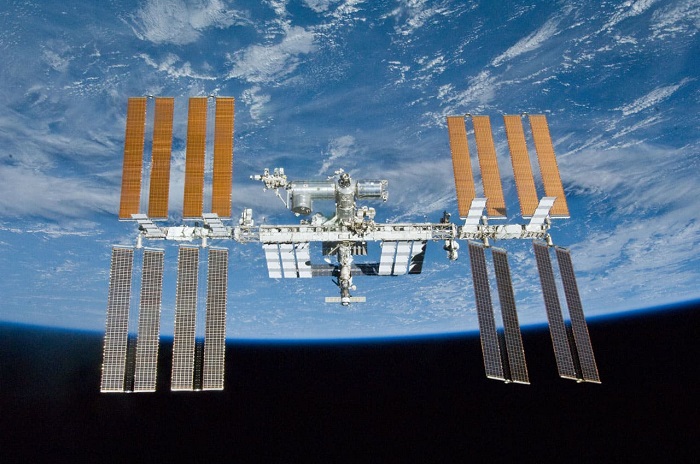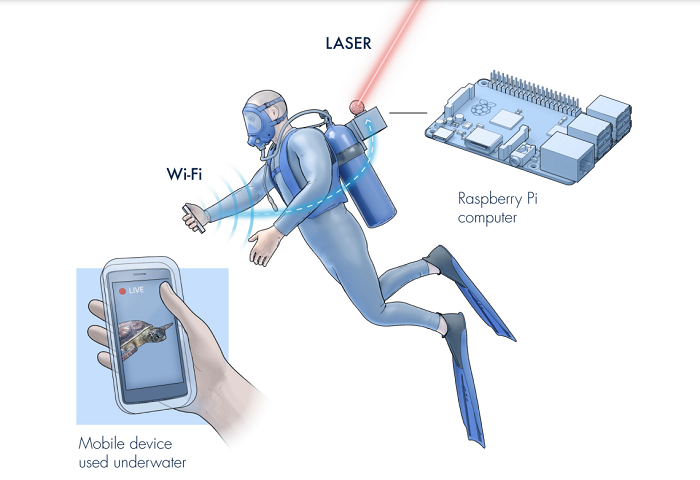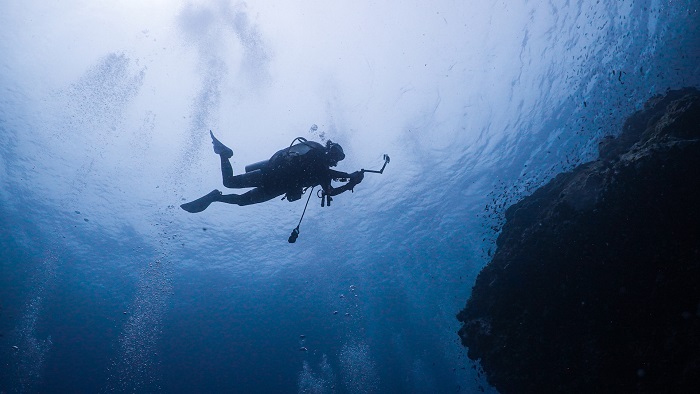ISABEL RUBIO ARROYO | Tungsteno
Surfing the web is a regular activity for millions of users around the world. In fact, according to Statista, 64.4% of the world's population has access to the Internet. Some scientists are trying to extend the network to Antarctica, the Moon and the depths of the ocean. How do astronauts connect to the Internet from space? Is there Wi-Fi in the coldest place on the planet? What about underwater? On World Internet Day, 17 May, we take a look at some of the projects that are bringing the web to the farthest reaches of our world.
Wi-Fi in space
"You’ll probably see pictures of the space station of astronauts with iPads or laptops not connected by cables," explains Richard Hollingham, a science journalist and launch commentator for the European Space Agency, on The Naked Scientists website. They have Wi-Fi, but "it’s not really connected to the Internet as such." What they do have, he explains, is access to NASA's communications system, provided by tracking and data relay satellites.
The International Space Station orbits the planet in a low-Earth orbit, completing one rotation every 90 minutes. Above it, a number of satellites travel in geostationary orbits, relaying data to the ground, Hollingham says. Astronauts use these satellites to view HD video, get pictures and even watch movies. "On a Saturday or Sunday night, they often have movie night on the space station," he says.

Astronauts on the International Space Station connect to the Internet thanks to satellites. Credit: NASA
Internet in the coldest place on Earth
Scientists take turns visiting Antarctica to do their research on climate change, ozone depletion or sea level rise. As the Scientific Committee on Antarctic Research (SCAR) notes, "the Antarctic region is a matchless 'natural laboratory' for vital scientific research that is important in its own right and impossible to achieve elsewhere on the planet."
To access the Internet, researchers have to connect to different satellite systems, some of which are only available for a few hours each day, according to Pilot, an internet service provider: "Latency is high, bandwidth is mediocre, and every scientist on the continent has to schedule their network access ahead of time to upload their data (and their selfies)."
There have been several attempts to bring high-speed Internet to Antarctica. Ninety-eight percent of all international Internet traffic flows through a vast network of undersea cables. The US National Science Foundation has considered building a fibre-optic cable that would run along the seabed from Antarctica to New Zealand or Australia. There have also been several tests in recent months with Starlink, the high-speed satellite Internet service operated by Elon Musk's SpaceX.

In recent years, a number of projects have attempted to bring high-speed Internet to Antarctica. Credit: Unsplash
The challenge of being online under the sea
Wi-Fi doesn't transmit as well through water as it does through air. A team of researchers has proposed a solution, details of which have been published in the journal IEEE Communications Magazine. It is an underwater optical wireless system called Aqua-Fi, an "underwater Wi-Fi" for sending information wirelessly underwater. The system has been tested to wirelessly connect an underwater platform to the Internet and transmit voice and video in real time using LED and laser light in a static water environment.
However, the system has some limitations. The researchers themselves acknowledge that if it were implemented in a real environment in the ocean, any movement of the water could generate turbulence and affect the quality of the system. Future work, according to the study's authors, should focus on improving the data rate and reducing the size of the equipment required. "The system as a whole requires miniaturisation to allow it to be mounted on small objects," the research notes. This is something that would also help reduce the power consumption of the entire system.

A team of researchers has developed an "underwater Wi-Fi" to send information through water. Credit: IEEE Communications Magazine
Despite these promising advances, the systems that currently deliver the Internet underwater, to Antarctica or in space are still far from being as fast and efficient as the way millions of people access the Internet from their homes. Scott Kelly, an astronaut who spent a year on the ISS, explained on Twitter a few years ago that the connection speed there was quite slow. This has changed in recent years and is likely to continue to improve, as a number of researchers have set themselves the goal of taking remote Internet communications to the next level.
· — —
Tungsteno is a journalism laboratory to scan the essence of innovation.
